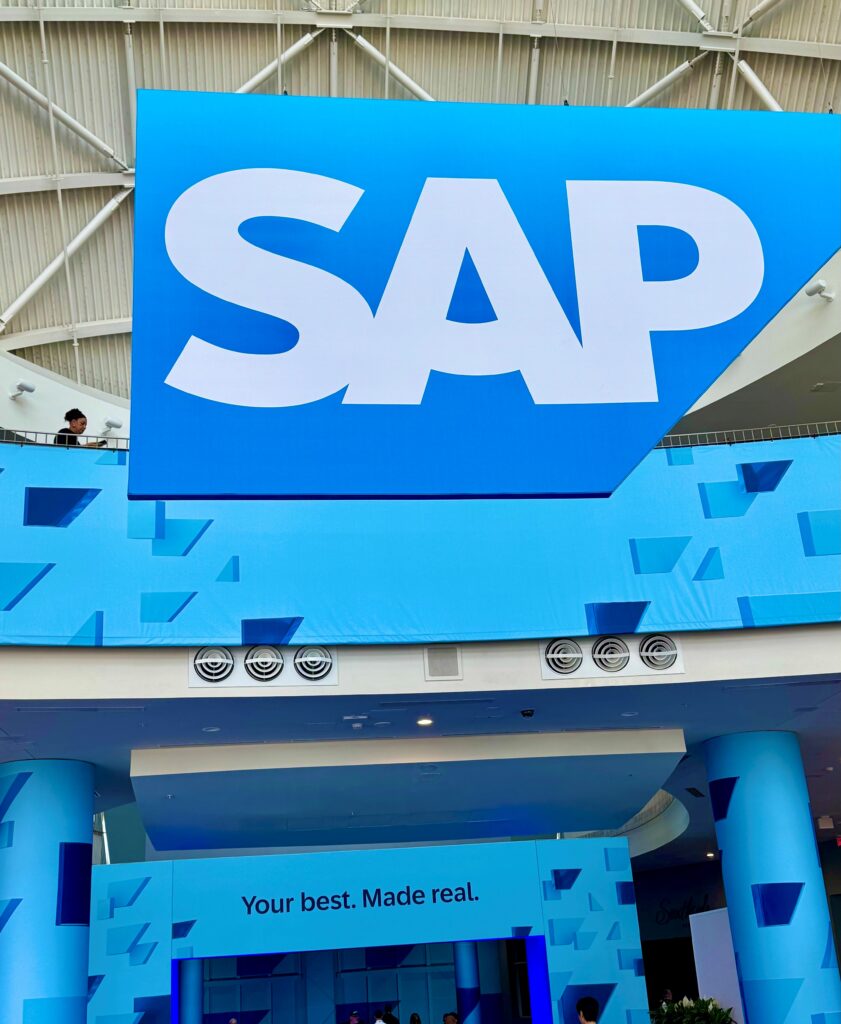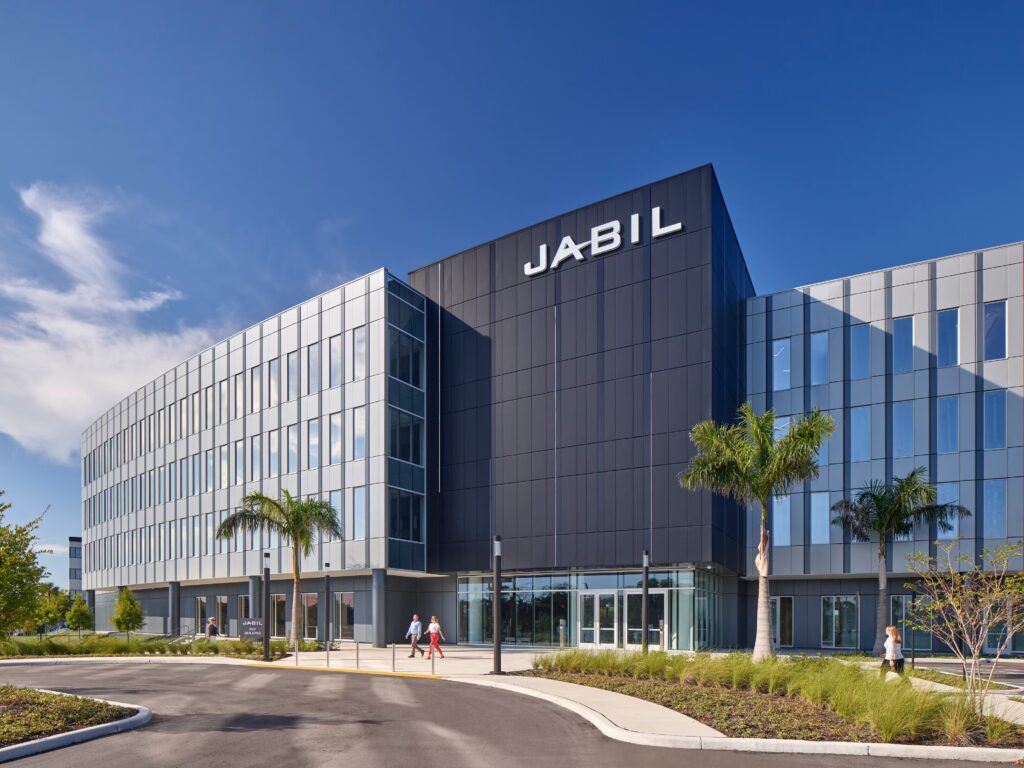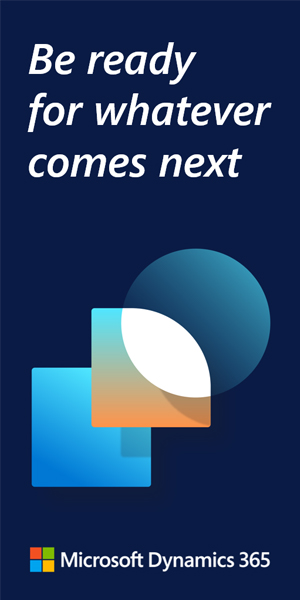Amazon Web Services, Inc. (AWS), an Amazon.com, Inc. company (NASDAQ: AMZN), recently announced that WPS, the world’s leading office software and service provider, has selected Amazon Bedrock, a service for building and scaling generative applications, to bring generative AI capabilities to customers. WPS, which as of January 2025 boasts 100 million daily active users, will use Amazon Bedrock to power its WPS AI, which will power generative AI features in its WPS Office platform. WPS AI includes functions such as spell check, content rewriting, and slide generation, and it can provide customers with an intelligent, efficient and personalized office experience.
AWS now has more than 240 services for compute, storage, databases, networking, analytics, machine learning and artificial intelligence (AI), Internet of Things (IoT), mobile, security, hybrid, media, and application development, deployment, and management from 111 Availability Zones within 35 geographic regions.
As a leading office software and service provider, WPS has customers across 220 countries and regions globally. With the rapid development of generative AI technology, more and more customers have increasing demands for content generation in office software.
WPS rapidly built WPS AI using Amazon Bedrock, which offers a choice of foundation models. With Amazon Bedrock, WPS can rapidly select and switch between suitable foundation models based on specific application needs. This significantly accelerated the rollout of WPS AI, shortening the launch time to just two months, while lowering costs by 35%.
WPS AI uses Amazon Bedrock to power its spell check and document polishing features. The rapid response time effectively improves article modification speed and reduces customer waiting time. Additionally, Amazon Bedrock enhances the accuracy of WPS AI and corrects grammar mistakes, helping users produce more professional content.
WPS AI also offers a one-click slide generation feature using Amazon Bedrock. It can expand an outline from a single sentence or convert an entire document into an outline and summary, and then automatically match a suitable slide template based on the content theme. This feature reduces the time and effort required for slide creation, and improves users’ productivity. Amazon Bedrock’s long context window can provide richer semantic information and ensure more accurate summarization and outline extraction.
Through the use of Amazon Bedrock, WPS has implemented robust safeguards to prevent the data from being used to train the underlying large language models or from leaving the secure AWS environment. Supported by AWS’s security standards and compliance certifications, WPS has built a comprehensive data security system to ensure user data privacy and security across different countries and regions.
AWS closely collaborated with WPS from the initial stages of exploring product concepts, through prompt engineering and model optimization. Through joint efforts in defining the technical roadmap, fine-tuning large language models for office scenarios, and providing hands-on guidance, AWS helped WPS overcome technical challenges to integrate generative AI into WPS’s office solutions.
“AWS has industry-leading technical advantages in the field of generative AI, along with rich practical experience and resources, which can help us accelerate the adoption of generative AI technology,” Xiang He, General Manager of WPS International Department, WPS Software said. “In the future, we look forward to continuing to explore the intelligent applications of generative AI technology in the office field with AWS, empowering more WPS AI office scenarios to bring innovative digital office experience of efficient collaboration for global users.”
“AWS’s generative AI services are driving greater productivity and personalization for global enterprises,” said Greg Pearson, vice president, AWS Global Sales. “Using Amazon Bedrock in its core AI application is allowing WPS to develop and introduce intelligent features like automated slide generation in half the time. With AWS, WPS can innovate faster and automate tedious and repetitive tasks that give employees more time to work on meaningful and customer-facing tasks.”
What this means for ERP Insiders
Bedrock can turbocharge ERP GenAI roadmaps. Integrating Amazon Bedrock with ERP systems has enabled companies to enhance operational efficiency and decision-making through advanced generative AI capabilities. For instance, Kingdee International Software Group, a global provider of enterprise management and cloud-based ERP solutions, developed two generative AI applications powered by Amazon Bedrock: an intelligent ticketing system and a metrics analysis tool. The intelligent ticketing system allows users to complete tasks using natural language commands, simplifying complex ERP processes. The metrics analysis tool enables managers to retrieve data instantly through natural language queries, streamlining access to financial and operational insights. These integrations led to 100% accuracy on complex queries and rapid deployment of generative AI features, significantly enhancing productivity and decision-making across Kingdee’s ERP platform. Another good example is Thomson Reuters, which expanded its AI capabilities by incorporating Amazon Bedrock into its generative AI platform, Open Arena. This integration democratized access to generative AI models, allowing both technical and non-technical teams to experiment with machine learning tools. By leveraging Amazon Bedrock, Thomson Reuters reduced AI model deployment time from days to hours, streamlined testing and innovation, and simplified the user experience. This facilitated the development of applications like Checkpoint Edge with CoCounsel, a tax research tool providing responsive answers with in-line citations, thereby enhancing the value derived from their ERP systems. And Schneider Electric faced challenges in manually reviewing complex and lengthy RFPs for microgrid systems, which was time-consuming and resource-intensive. By collaborating with the AWS Generative AI Innovation Center, Schneider Electric developed a solution using Amazon Bedrock to process and evaluate RFPs. This generative AI application efficiently identifies high-potential business opportunities, routing relevant RFPs to subject matter experts for further action. The integration of Amazon Bedrock streamlined the RFP evaluation process, reduced manual workload, and improved the efficiency of Schneider Electric’s operations.
Integrate office productivity software with ERP to drive efficiencies. Integrating office productivity software like WPS Office with ERP systems can greatly improve efficiency, collaboration, and data management. Some ERP systems offer built-in support for office productivity tools. Or companies can use APIs or third-party integration platforms (e.g., Zapier, MuleSoft) to connect ERP and office software. Establish data governance policies to standardize data formats and fields across both systems, and implement data validation to prevent duplicate, outdated, or incorrect information from flowing between systems. Synchronize master data (e.g., customer, inventory, financial records) between office productivity tools and the ERP. Enable document generation within the ERP (e.g., auto-generate invoices or purchase orders using templates from WPS Office), and automate approval processes (e.g., use digital signatures in office software for purchase requisitions). Implement cloud storage solutions (like OneDrive, Google Drive, or WPS Cloud) for shared access to ERP-generated reports and documents, and enable real-time collaboration by integrating ERP reports with office tools (e.g., linking ERP financial data to WPS Spreadsheets). Ensure ERP-generated reports can be exported directly to WPS Office, Excel, or Google Sheets for advanced analysis. Use BI tools like Power BI or Tableau to connect ERP data with office productivity software for real-time dashboards. And automate financial statement generation by pulling data from ERP into preformatted office document templates.
Office productivity software on long list of tech solutions to be transformed by GenAI. GenAI capabilities are rapidly being integrated into office productivity software, and it’s likely they will become a standard base offering within the next 2-3 years. WPS is not alone in baking these capabilities into its software portfolio. Microsoft Office 365, with Copilot, now offers AI-powered tools in Word, Excel, Outlook, and Teams. And Google Workspace, with Duet AI, offers AI-assisted document creation, email drafting, and meeting summaries. Enterprises and SMBs are increasingly using AI-enhanced document creation, summarization, and data analysis. And AI chatbots and assistants are reducing repetitive tasks, making these features a necessity rather than a luxury. By 2028, AI-powered tools will likely be a base-level standard in all major office productivity solutions, just like spell check or cloud storage today. But adoption headwinds include factors like cost and compute power, as AI models require significant cloud resources. Also, enterprise security and compliance is another obstacle, with data privacy concerns still common, especially in regulated industries. And user training and adoption is another hurdle, as organizations need time to adjust workflows to AI-generated content.






